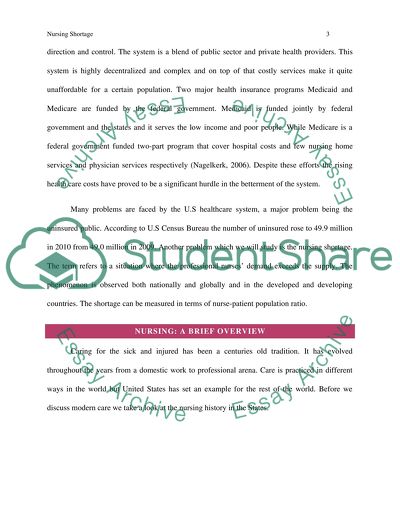Cite this document
(“Addressing Nursing Shortage Research Paper Example | Topics and Well Written Essays - 3750 words”, n.d.)
Retrieved from https://studentshare.org/nursing/1395707-addressing-nursing-shortage
Retrieved from https://studentshare.org/nursing/1395707-addressing-nursing-shortage
(Addressing Nursing Shortage Research Paper Example | Topics and Well Written Essays - 3750 Words)
https://studentshare.org/nursing/1395707-addressing-nursing-shortage.
https://studentshare.org/nursing/1395707-addressing-nursing-shortage.
“Addressing Nursing Shortage Research Paper Example | Topics and Well Written Essays - 3750 Words”, n.d. https://studentshare.org/nursing/1395707-addressing-nursing-shortage.


